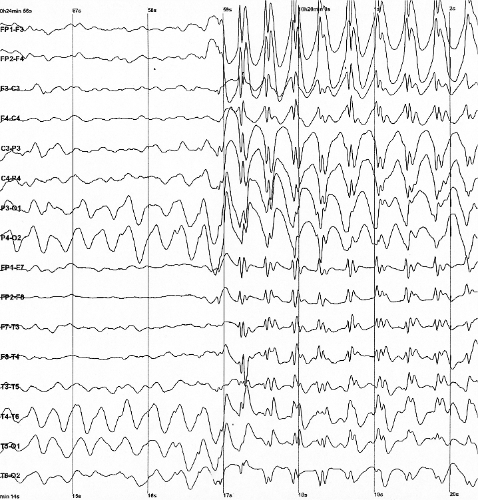Difference between revisions of "User:Tinatsang/week2"
Jump to navigation
Jump to search
| Line 2: | Line 2: | ||
[[File:emotionalfrog.jpg]] | [[File:emotionalfrog.jpg]] | ||
[[File:reflection.png]] | [[File:reflection.png]] | ||
| − | + | [[File:Spike-waves.png]] | |
| − | + | [[File:EEG.jpg]] | |
| − | |||
| − | |||
| − | |||
| − | |||
| − | |||
| − | |||
| − | |||
| − | |||
| − | |||
| − | |||
| − | |||
| − | |||
| − | |||
| − | |||
| − | |||
| − | |||
| − | |||
| − | |||
| − | |||
| − | |||
| − | |||
| − | |||
| − | |||
| − | |||
| − | |||
| − | |||
| − | |||
| − | |||
Revision as of 19:15, 13 October 2016
This kind of machine is divided into three part: emotion receiver, brain activity receiver and analyst. Receivers can infer one’s feelings from radio frequency reflected of his body. Radio is like an elastic ball which constantly bounce between individual’s body and the machine itself. It captures individual’s heartbeats,respiration and electrical activities in their brain and then analyzes them to infer a person’s emotions. After that, the machine will come out with different kinds of reaction to people's emotion.(HAPPY: JUMP FAST. SAD:JUMP SLOW. EXCITED:JUMP HIGH. ANGRY:JUMP FAR)


 File:EEG.jpg
File:EEG.jpg